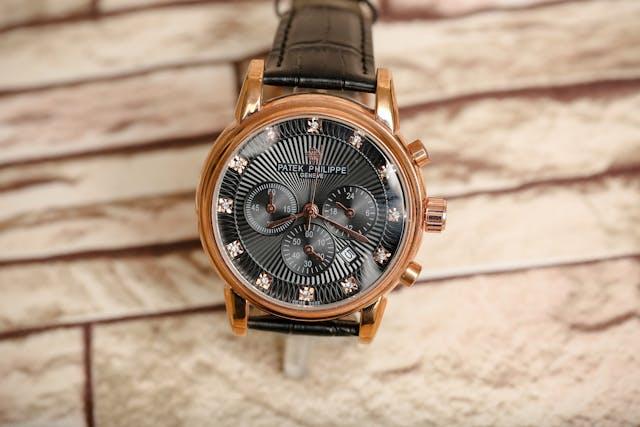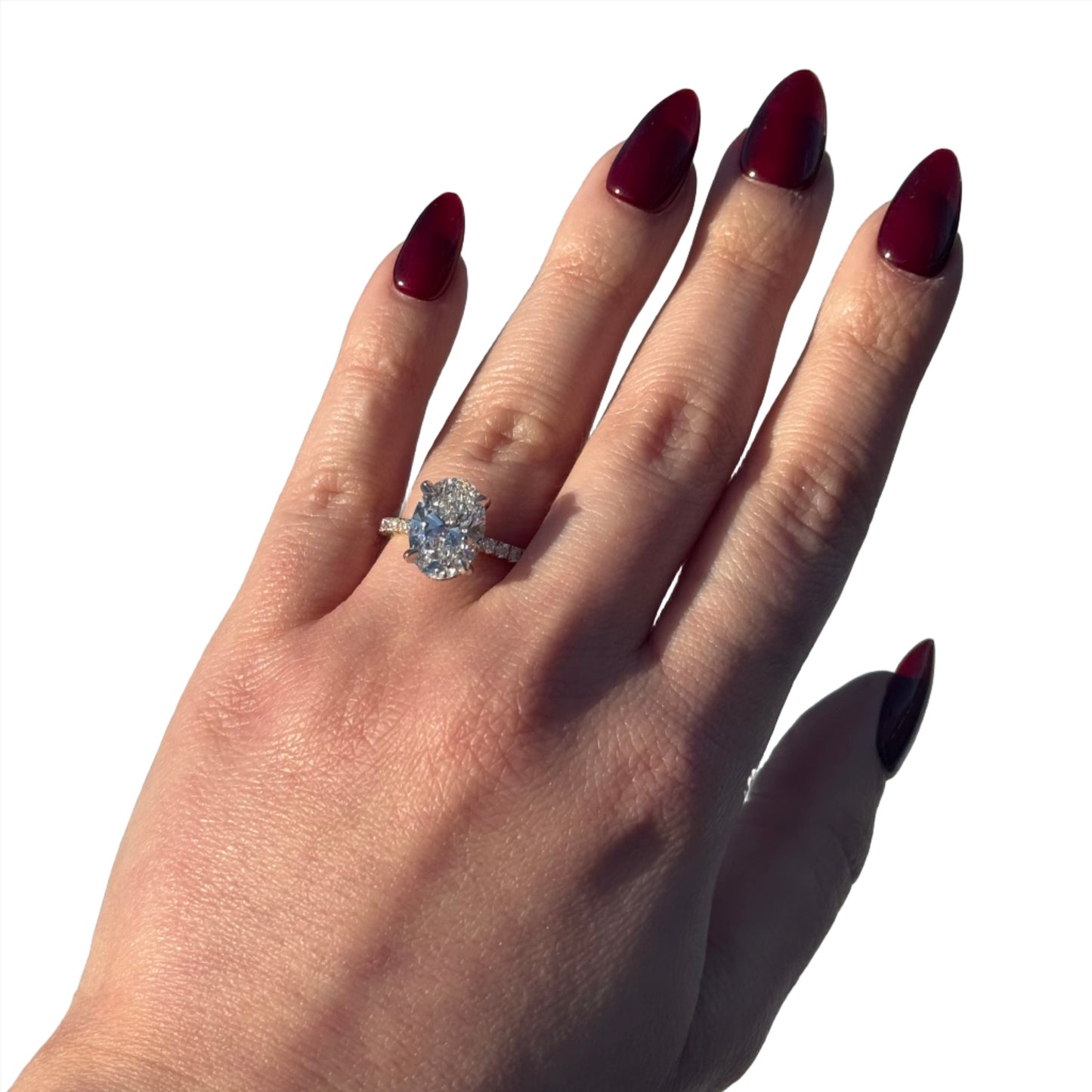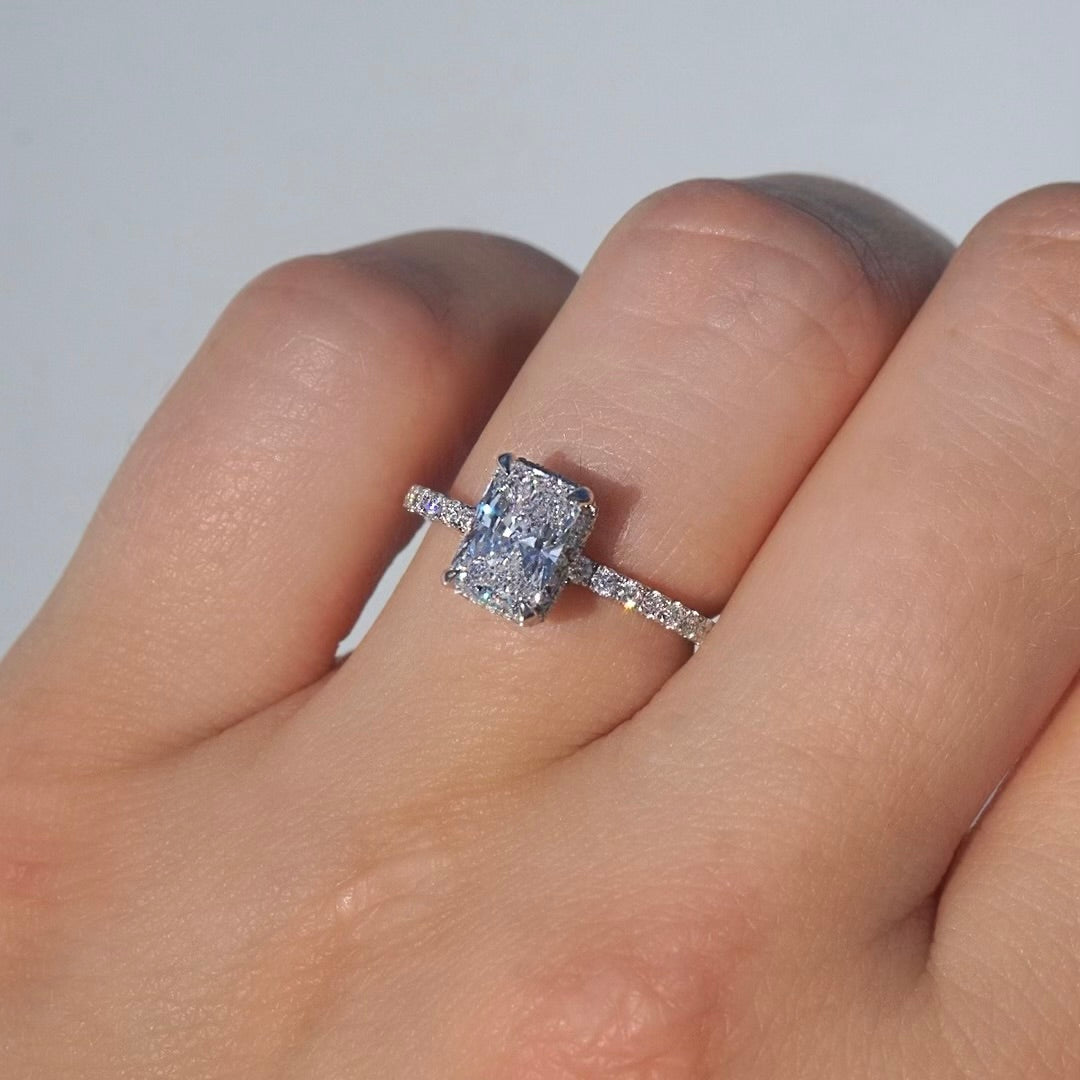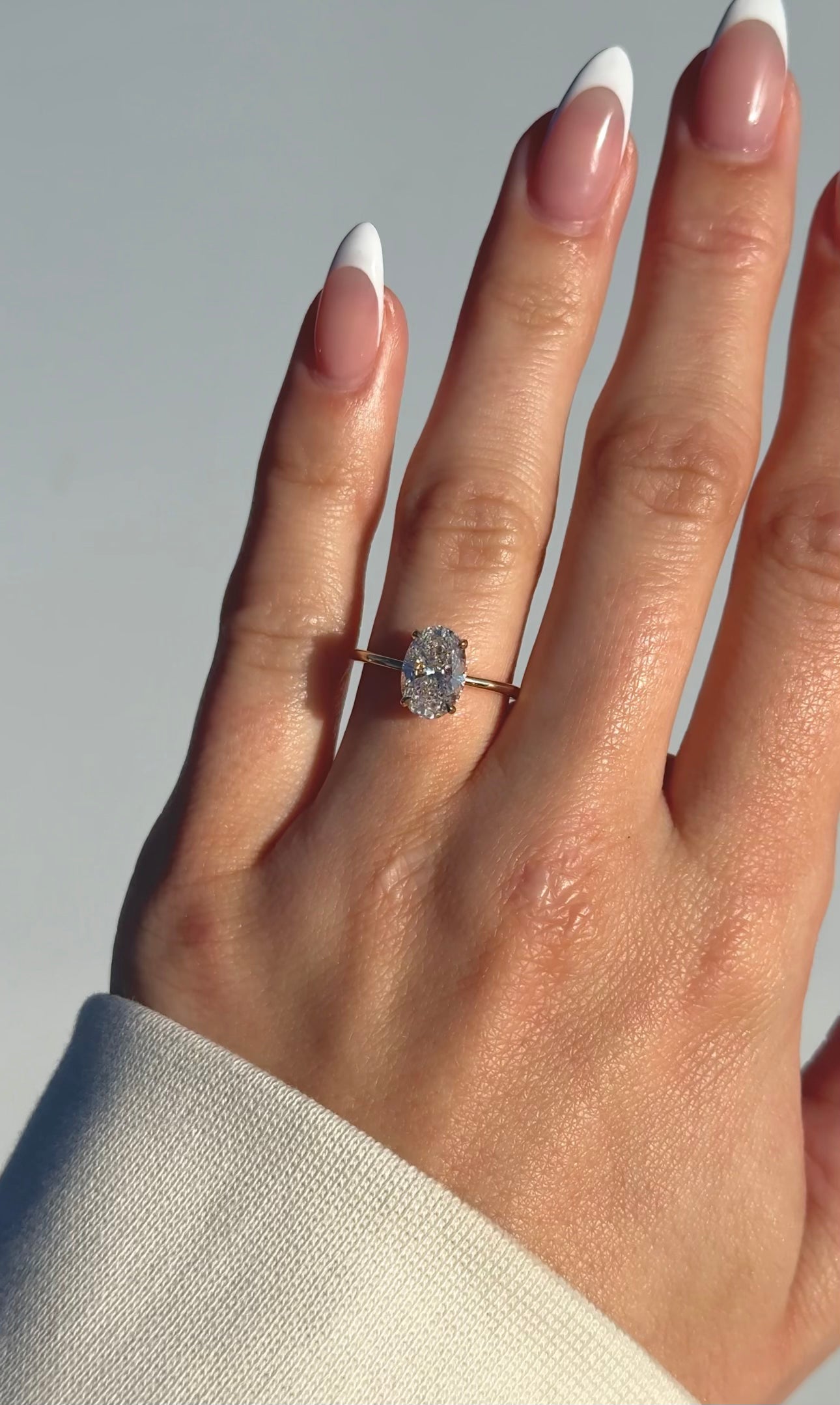
Patek Philippe is a luxury Swiss watch manufacturer that has earned its rightful spot as one of the finest watchmaking brands in the world. Situated in the Canton of Geneva and the Vallee de Joux, it is the last standing independent Genevan family-owned brand which only seems to be going uphill since its establishment.
But how did it all come together? Who are the founders of Patek Philippe, and how did they climb up so quickly to become one of the finest Swiss watchmaking names right now? Read ahead to learn about Patek Philippe's history, including its origins, challenges, and notable achievements that helped shape the brand's thriving future.
Founding Years
The founders of Patek Philippe, Antoni Norbert Patek and Jean Adrian Philippe were on completely different paths in life until an accidental encounter eventually led to them laying the foundations of perhaps the most innovative watchmaker in the world.
Norbert Patek, born in 1812 in Poland, spent his early years serving as a freedom fighter under the rule of Russia's Tsar Nicholas I. However, Patek soon fled his homeland to seek political asylum in Paris before shifting to the popular home of horology-Geneva.
There, from 1839 onwards, he worked under the Czapek & Cie label, investing in top-quality local movements and fitting them into his personal watch cases.
During his visit to the Industrial Exposition in Paris in 1844, Patek was introduced to Jean Adrien Philippe, a well-respected and inventive French watchmaker. Philippe was acclaimed as a revolutionizer of the watch design and was awarded a bronze medal for his advanced keyless winding and hand-setting mechanism.
However, it wasn't until Patek's contract expired with Czapek & Cie in 1845 that Adrien Philippe would officially become a part of the now-called Patek & Co watch company. Six years later, the company was renamed Patek Philippe and took on a venture to redefine the world of watchmaking forever.
Early Advancements and Achievements
Patek and Philippe strived for absolute perfection and came up with various watch advances that set them apart from their competitors pretty soon in their careers. Some prominent early innovations included designing a self-winding watch, the first double chronograph, the latest precision regulators, and perpetual calendars for pocket watches.
In 1851, the company took the first major step towards international expansion as it showcased its pocket watch collection at the Great Exhibition in London. In addition, Queen Victoria acquired a pendant watch featuring diamond roses over blue enamel, and soon enough, many royals and nobles could be seen wearing Patek Philippe models.
Another prominent event that helped the brand grow internationally was Patek's visit to the United States in 1851. During his visit, Patek met up with Charles Lewis Tiffany and collaborated with Tiffany & Co. as their principal suppliers in New York. The partnership remains to this day and Tiffany & Co. remains as the only retailer to have their name engraved on a Patek Philippe dial.
Continuing the Legacy: The Stern Family
While Patek Philippe started on firm footing, troubles were soon to follow. In 1877, Antoine Patek passed away and left his son-in-law, Joseph Antoine Bénassy-Philippe, as his successor since his son was reluctant to join the company.
Meanwhile, Adrien Philippe started training his youngest son, Emile Joseph, to keep his and Patek's legacy alive after his death. Adrien eventually died in 1894, leaving the company in the hands of his son, who worked alongside Henry Graves, Jr, an affluent American banker and passionate Patek Philippe collector.
Things took a turn for the worse following the death of the founders of Patek Philippe. In 1932, the Great Depression shook the world's economy and left even the most flourishing businesses struggling to survive. While the Graves Commission succeeded in keeping the company afloat post-World War I, it couldn't do much during this global economic crisis.
As a result, in 1932, Patek Philippe agreed to seek financial investment from the Stern family. Jean and Charles Henri, two Genevan brothers, Patek Philippe's trusted dial manufacturer and suppliers, purchased a majority interest in the brand and agreed to work together to continue producing top-quality Swiss watches. However, this agreement came with certain changes, the most prominent being that the company now had to produce the in-house movements itself.
This partnership proved to be beneficial for both parties and led to the creation of Patek Philippe's flagship model, the Calatrava, in 1932. Calatrava takes inspiration from the simpler designs of the Bauhaus and features elements like the Clou de Paris decor, well-polished and wide lunettes, and multiple exclusive chronometers. The model stays a customer favorite to this day with its upgraded versions being released from time to time.
Moreover, 1976 marked the release of the unisex Nautilus model. This timepiece was designed to reflect the classic seventies period and featured a steel housing with automatic movement.
Another remarkable timepiece was the Aquanaut men series with a 120m waterproofness to make it ideal for diving. Some other notable watches released following this deal included the Ellipse, Calibre 240, and Twenty~4 collection.
A major milestone following the post-World War period was the completion of the Henry Graves Supercomplication pocket watch in 1933. This collectible, commissioned by Graves, took eight years to design and featured up to 24 functions, two dials, and 920 components, making it one of the most intricate and complex accessories ever developed.
Moving Ahead: The Past and the Present
By 1958, Henri Stern had taken over as the president of the company, and he was followed by his son, Philippe Stern, after he died in 1993. As of 2009, Thierry Stern, the successor of Philippe, has taken charge of the giant watchmaking company and continues to strive for the betterment and satisfaction of his consumers every day.
The company is always set to embark on new ventures at the same time as keeping its promise of embodying refined taste and prestige alive. In 1989, they commemorated the occasion of their 150th anniversary by unveiling a series of elegant and timeless classics to show their unwavering commitment to creativity and quality in the upcoming future.
In 2001, the Patek Philippe Museum was inaugurated in Geneva to pay homage to a century's worth of horological history. The museum's construction was supervised by Philippe Stern, who tried to bring together his adoration for horology, skilled craftsmanship, and traditional watchmaking artistry in the same place for watch admirers like him to witness and enjoy.
Apart from storing Patek Philippe's personal watch history, the museum features portrait miniatures and up to 2500 other watches and treasured items that date back to 500 years of Swiss, Genevan, and European regions.
In addition, the company continues to host the Patek Philippe Watch Art Grand Exhibition globally to offer an inside perspective into the world of the largest Geneva Swiss watchmaking company. The exhibition took place in Dubai in 2012, Munich in 2013, London in 2015, New York in 2017, and Singapore in 2019.
In the latest news, Patek Philippe just ended their 25-year-long hiatus to launch the release of several brand new and updated watch models.
Impact and Future Outlook
From Queen Victoria to the legendary actor Charlie Chaplin to the contemporary artists James Dean and Ellen DeGeneres, both royalty and celebrated artists have fallen under the magical spell of Patek Philippe's masterpieces. Other well-recognized and impactful bearers of the brand include Nicolas Sarkozy, France's former President, Eric Clapton, and Sir Paul McCartney.
The company’s classics can also be spotted in huge auction houses, including Bonhams and Sotheby’s, at dizzying rates. Not only this, but Patek Philippe also holds the world record for selling the 20 most expensive wristwatches at auctions.
As for the future, Patek Philippe plans on continuing its trajectory while staying aligned with sustainable practices. The company is looking for alternatives to reduce its global footprint at the same time as embracing modern technology to offer comfort, adaptability, and quality for all its environmentally conscious customers.
Final Words
From keyless winding machines to perpetual calendars, suffice it to say, Patek Philippe has left a long-lasting impact on horological history with its attention to detail, skills, and innovation. The brand has garnered a dedicated following and continues to attract young collectors with its intricate designs and advanced features.
Patek Philippe timepieces are more than just a sound investment. They're the embodiment of decades of expertise and artistry that transcends all time and trend constraints. While their watches seem pricey at first, they promise great value for money and are still cheaper in contrast to other notable brands such as Rolex and Omega.
Whether you are an amateur watch collector or a seasoned enthusiast, knowing the history of Patek Philippe only adds to the appeal of owning these refined luxury watches and understanding the artistry behind them. These crucial details may ultimately help you decide which Patek Philippe model might be the best for you.




